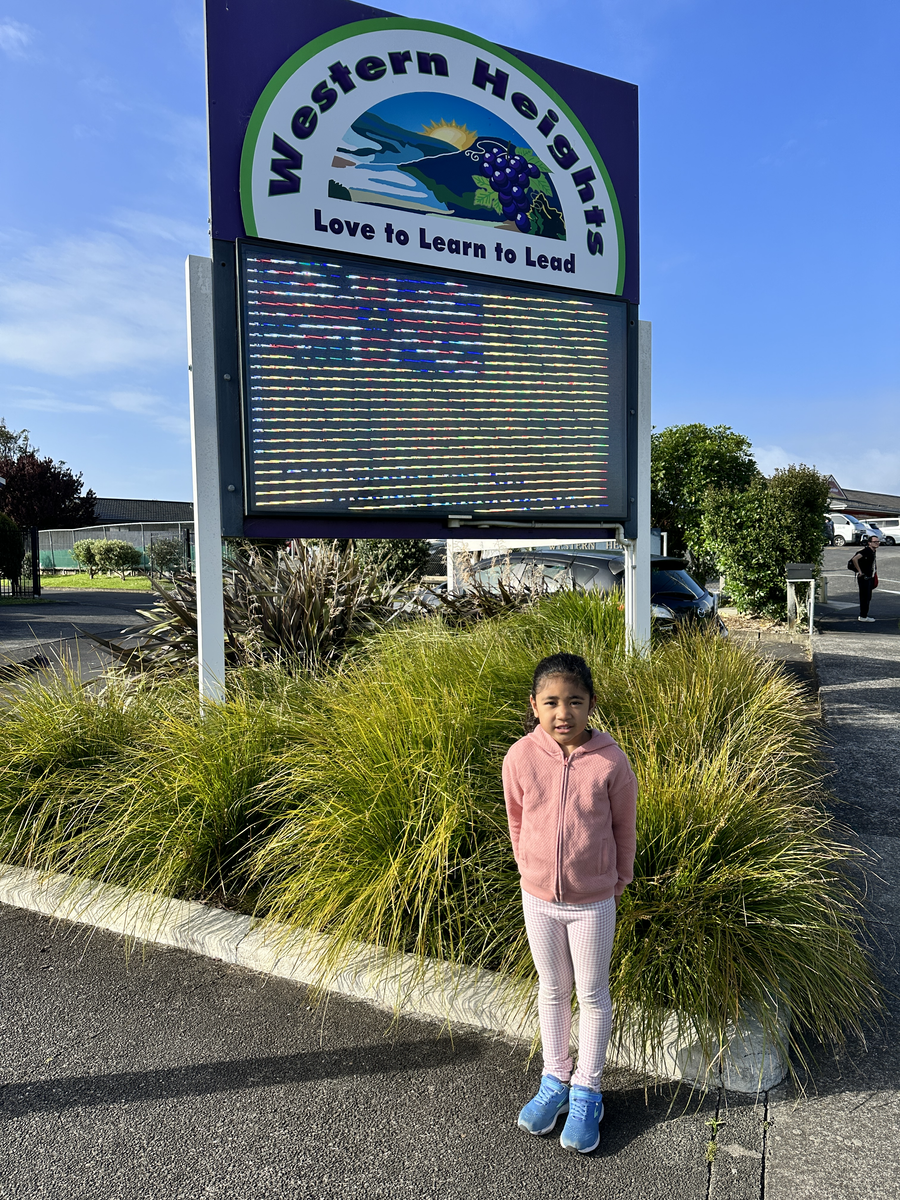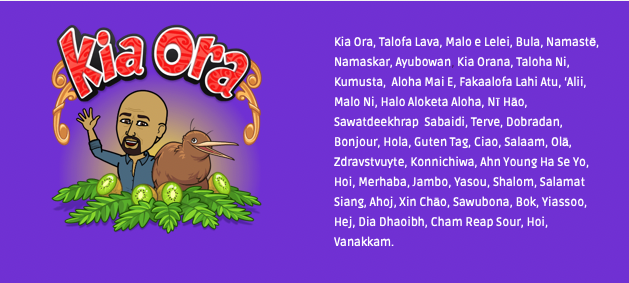Principal's Page

Kia Ora Friends
Fakalofa lahi atu - Kia Ora in the language of Niue.
Last week was Niuean Language Week - and we were very proud of Nyla from Room 6, who welcomed all 750 of us to Whānau Time with this Niuean greeting.
This week is Tokelauan Language Week.
We can say Mālō ni - Hello, or Ulu tonu mai - Welcome.
We can ask, E ā mai koe? - How are you?
And we could answer, Ko au e manuia, fakafetai - I am well, thank you.
Teacher Only Day - Friday 24 November:
Every school in New Zealand has to hold a Teacher Only Day (on the revised New Zealand Curriculum) in the second half of November.
We tried hard to coordinate with other schools but, in the end, had to go with the day that worked best for us - Friday, 24 November.
NO school for children on this day.
Measuring and Evaluating:
I recently read an article by Shreyas Doshi on the difference between measuring and evaluating. She put this into a parenting and marriage context - you don't use measuring tools and metrics to assess your performance as a parent or a spouse. Instead, through discussion, reflection and analysing feelings, you understand "how things are going" and what might be a work-on to bring about some improvements.
I find this interesting as we look at how we measure and evaluate our progress as a school, as teachers, and of our students' progress and growth as learners and human beings.
It is also relevant as we move closer to End of Year reporting at Western Heights.
In the context of a primary school, measuring is the act of collecting quantifiable data to determine how well a student, a class, or even the school is performing in relation to specific educational goals or standards. This often involves standardized tests, assessments, and numerical grading systems.
Measuring Is:
- Quantifiable: The data collected can be expressed in numbers, such as test scores or attendance rates.
- Standardised: Often uses standardised tests that are consistent in terms of content and evaluation metrics.
- Objective: Focuses on the outcome rather than the process and allows for impartial benchmarking.
- Immediate: Provides results that can be swiftly analysed and reported.
- Narrow in Scope: Usually targets a specific skill or subject area.
Evaluating:
Evaluating goes beyond measuring to provide a more comprehensive and nuanced understanding of educational effectiveness. While it may include quantifiable metrics, evaluation also brings qualitative data into the picture, such as student feedback, peer reviews, and classroom observations.
It Is:
- Qualitative: Includes non-numerical forms of data like student or teacher interviews, observations, and feedback.
- Contextual: Considers the unique circumstances affecting the educational experience, such as cultural background or socio-economic status.
- Subjective: Allows for professional judgment and interpretation.
- Ongoing: Typically conducted over an extended period to track changes and make real-time improvements.
- Holistic: Examines both the process and the outcome, covering a wide range of factors that contribute to educational success.
Importance and Relevance:
Measuring provides a snapshot of current performance, offering a quick way to understand where immediate improvements can be made.
Evaluation offers a long-term perspective, providing insights into the effectiveness of teaching and learning strategies and programmes over time.
Measuring gives us the 'what'.
Evaluating provides the 'why' and 'how.'
By understanding measuring and evaluating, we can better tailor our methods and interventions to ensure that all students are given the opportunity to reach their fullest potential.
As always - if you have questions or concerns about anything school-related - email me at macash@mac.com, and I will get back to you asap.
My very best regards to you all,
Ash Maindonald
Principal.






